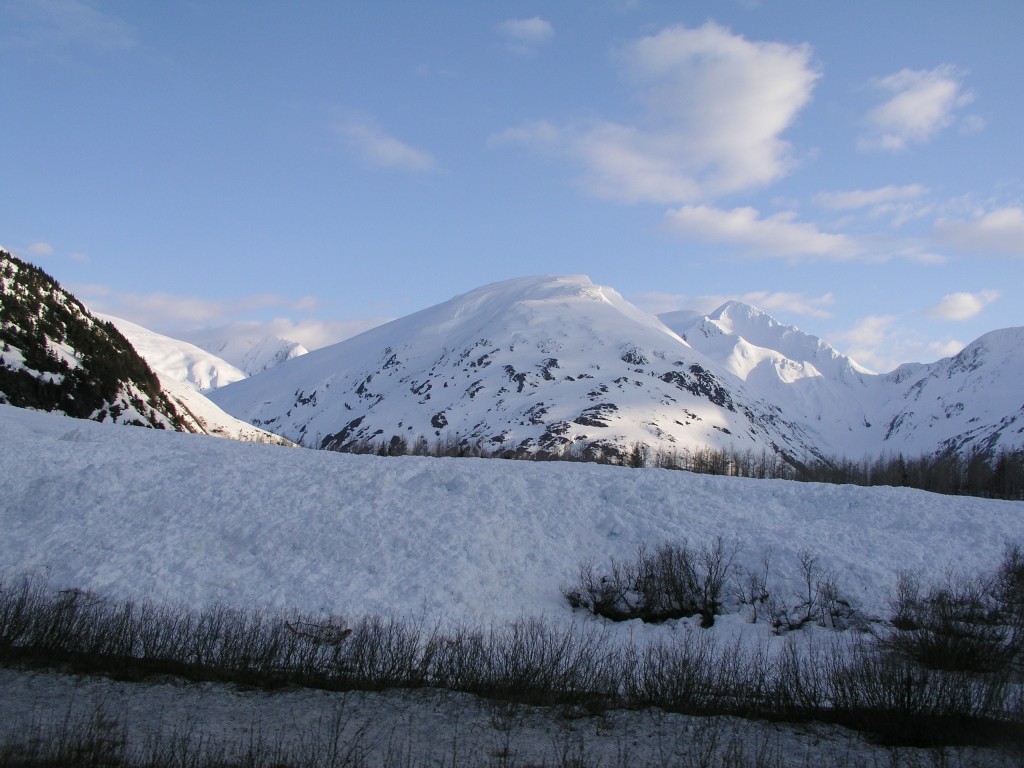Greener Arctic will speed up warming
New research predicts that rising temperatures will lead to a massive “greening” or increase in plant cover in the Arctic. In a paper published in Nature Climate Change on March 31st, scientists present new models projecting that wooded areas in the Arctic could increase by as much as 50 percent over the next few decades. They also show that this will accelerate climate warming at a faster rate than previously expected.
In the Ice Blog post of March 11th, A Greener Arctic in a Warmer Climate, I wrote about a study of satellite data showing there have already been considerable changes, with plants growing further north and reaching higher heights than previously in their present locations. The new work, funded by the National Science Foundation, models how the “greening” of the Arctic could continue and what effects it could have.
Richard Pearson, the lead author on the paper and a scientist at the American Museum of natural History’s Center for Biodiversity and Conservation says “such widespread redistribution of Arctic vegetation would have impacts that reverberate through the global ecosystem”. Once again, we have a piece of research demonstrating the worldwide significance of what is happening in the far north of the planet.
The models suggest there could be trees growing hundreds of miles north of the present tree line in Siberia. As well as changing living conditions for flora and fauna, the researchers draw particular attention to the feedback effects which would be produced by having a green rather than a white Arctic. The albedo effect would have the greatest impact, they say. The white snow reflects most of the radiation back to space. “Dark” areas, on the other hand, in this case trees or shrubs, would absorb more sunlight, leading to a further increase in temperature. For the Arctic, that would mean “the more vegetation there is, the more warming will occur”, according to the study. It is the same phenomenon observed when the increased melting of the sea ice gives way to darker water, which absorbs more heat.
You might wonder if the plant growth could offset this warming effect by absorbing atmospheric carbon. But this process happens too slowly for that, says co-author of the study Michael Loranty, from Colgate Unversity.:
“By incorporating observed relationships between plants and albedo, we show that vegetation distribution shifts will result in an overall positive feedback to climate that is likely to cause greater warming than has previously been predicted”, according to Wood Hole Research Center Senior Scientist Scott Goetz, another co-author.
The temperature in the Arctic is already rising at about twice the global rate.
















